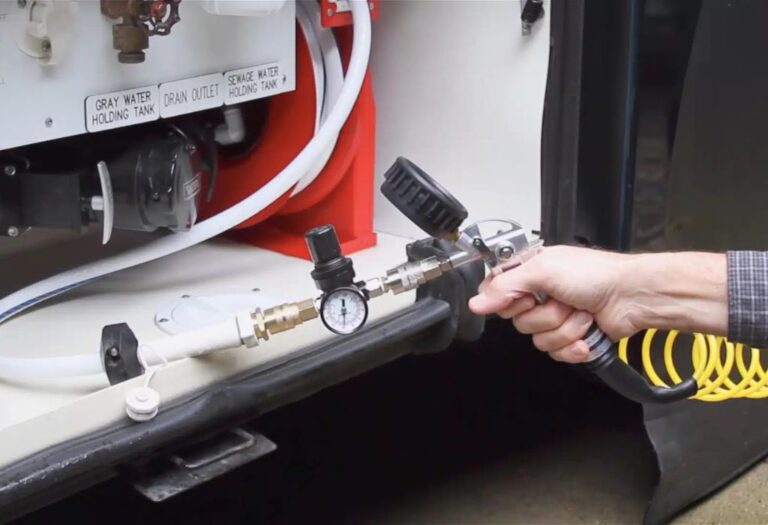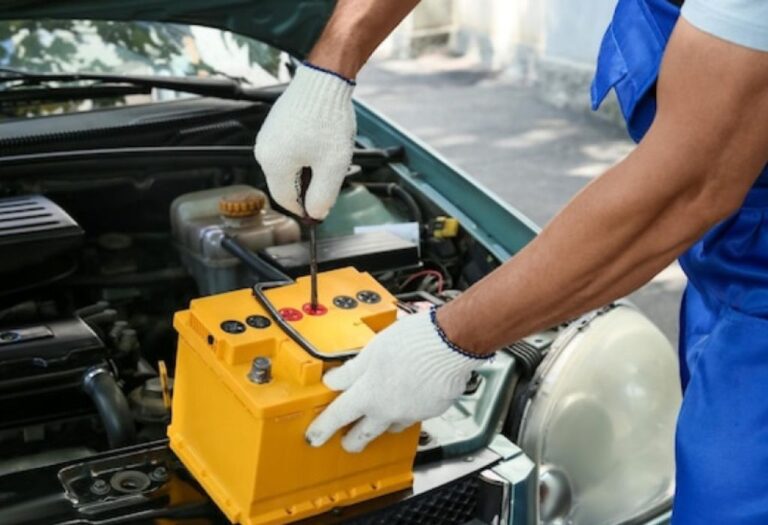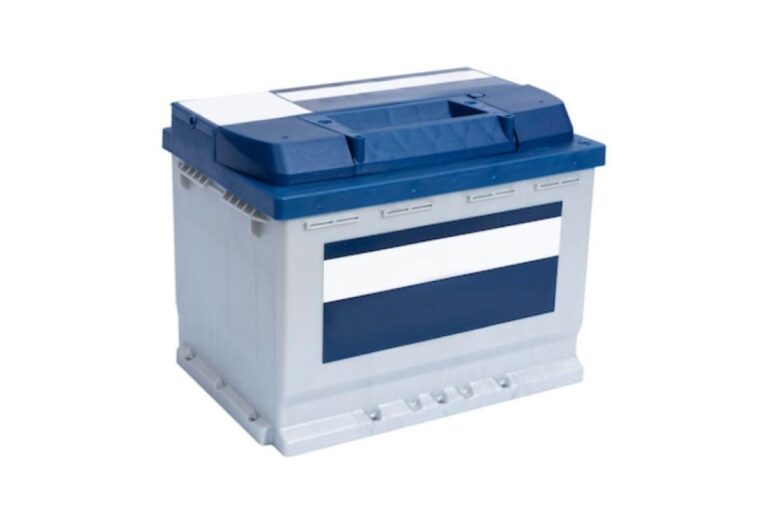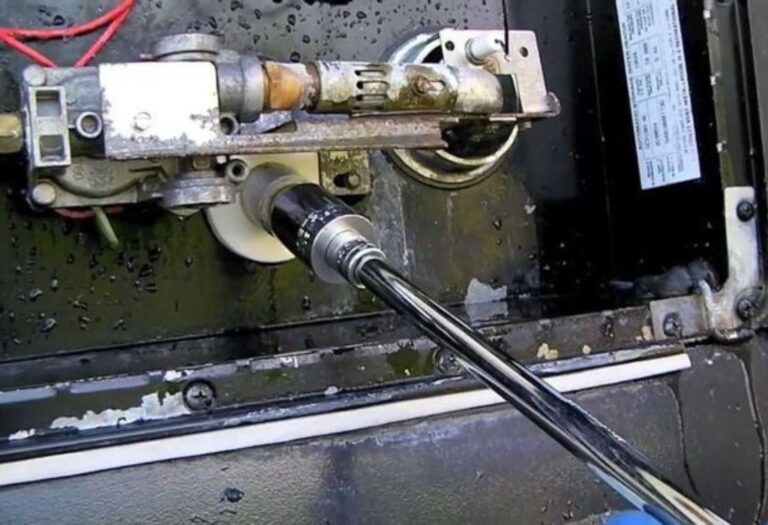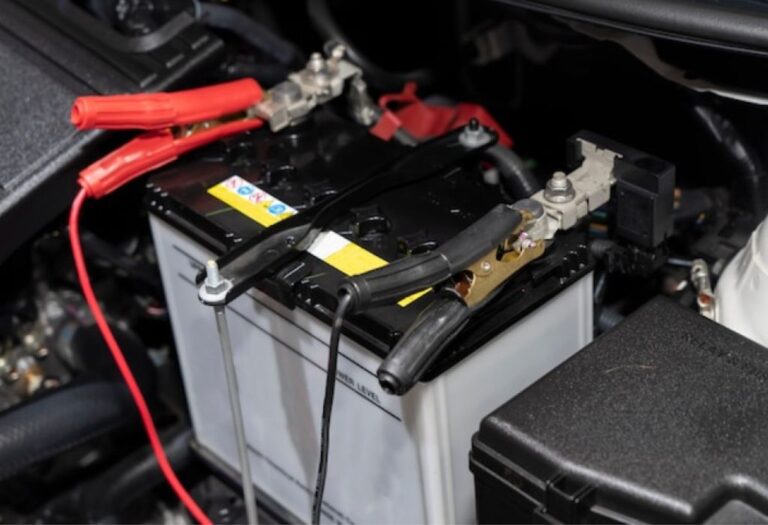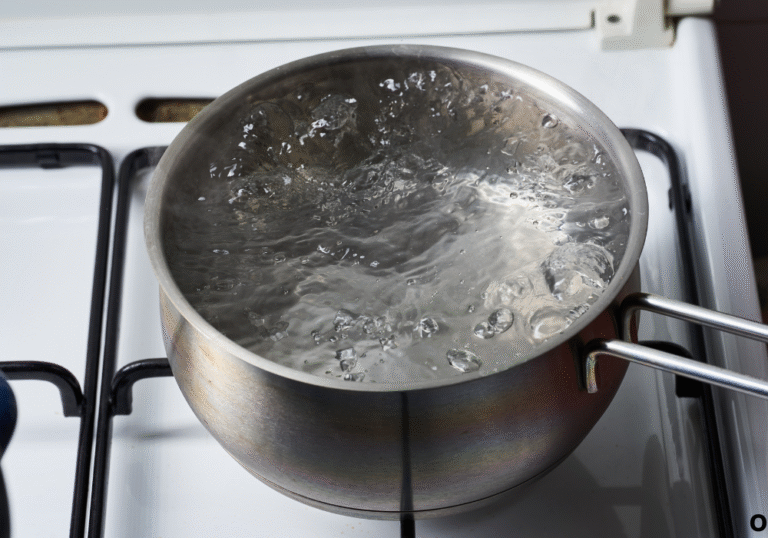How to Keep RV Water Pump from Freezing Up
Picture waking up on a freezing morning, only to discover your RV faucets have stopped running. The water pump, your lifeline for showers, cooking, and cleaning, is frozen solid.
A frozen RV water pump is more than an inconvenience. Water expands as it freezes, creating pressure that can crack housings, burst lines, and damage fittings beyond repair.
Plumbing failures from freezing conditions are a leading cause of costly RV repairs. Industry research shows that water damage accounts for nearly 24% of insurance claims for RVs and motorhomes (RVIA).
The expense of replacing a pump or repairing burst lines quickly adds up. Even a single freeze incident can cost hundreds of dollars in parts and labor, not to mention the lost time on your trip (RepairPal).
The good news is that frozen water pumps are entirely preventable with the right preparation. A combination of insulation, heating solutions, and proper winterizing practices can safeguard your RV plumbing even in sub-zero temperatures.
Understanding how to keep RV water pump from freezing is essential for anyone traveling or storing their vehicle during winter. The right steps will protect your pump, preserve your water system, and ensure your adventures remain comfortable and stress-free.
In this guide, you will learn proven methods to protect your RV water pump from freezing. From passive protection techniques like insulation and skirting to active heating solutions and antifreeze use, every strategy is covered in detail.
Why RV Water Pumps Freeze (and Why It Matters)

Water freezes at 32°F, but RV plumbing can begin showing issues at slightly higher temperatures. Even short exposure to cold air can damage lines and fittings if they are unprotected.
Exterior water lines, underbelly compartments, and poorly insulated pump enclosures are especially vulnerable. Pumps mounted near walls or storage hatches often face direct exposure to cold air.
When water inside the pump or pipes freezes, it expands and exerts enormous pressure. This pressure cracks housings, ruptures seals, and splits pipes.
Damage from freezing leads to expensive repairs and can render your water system unusable. Burst lines often require full replacement, and pumps with cracked housings cannot be repaired.
At what temperature do RV pumps usually freeze?
Problems typically begin once temperatures fall below 32°F for several hours.
Why are exterior lines more at risk?
Pipes near walls or under the RV have less insulation and are exposed to outside air.
Can a half-full tank reduce freeze risk?
No, water inside tanks and lines will still freeze if not protected.
How does trapped water damage the pump?
Frozen water expands and cracks the diaphragm, valves, or housing.
Is freeze damage covered by RV insurance?
Many policies exclude freeze damage unless specific coverage is added.
Freeze Protection Strategies Overview
RV owners use both passive and active methods to stop freezing. Passive techniques include insulation, pipe sleeves, and RV skirting to block wind and trap heat.
Active methods rely on electric heat tape, heating pads, or small heaters in compartments. These solutions maintain safe operating temperatures during extended cold spells.
Winterizing with RV-safe antifreeze is the most reliable long-term protection for storage. Draining water lines and pumping antifreeze ensures no residual water remains to freeze.
The best protection combines several methods. Insulation reduces heat loss, heaters maintain safe temperatures, and antifreeze provides backup during extreme cold.
Passive Protection Techniques
Insulate Water Lines, Pump, and Tank
Foam pipe sleeves and closed-cell insulation are affordable and effective. Wrapping pipes and the pump enclosure helps retain heat and prevent freezing.
Freshwater tanks also benefit from insulation. Protecting the tank reduces the chance of ice formation and keeps the pump supplied with liquid water.
What insulation works best?
Closed-cell foam or split-foam sleeves provide reliable freeze resistance.
How thick should insulation be?
At least half an inch is recommended for moderate cold, thicker for harsher climates.
Can you insulate the pump itself?
Yes, insulating the pump housing helps keep residual warmth inside.
Does insulating the tank help the pump?
Yes, a liquid-filled tank ensures the pump has water to circulate.
RV Skirting and Underbelly Protection
Skirting creates a barrier that prevents cold air from circulating under the RV. By trapping warmer air, it raises the underbelly temperature significantly.
Vinyl, foam board, and insulated panels are common skirting materials. A well-installed skirt can reduce freeze risk by 10–20°F inside the enclosed space.
What is RV skirting?
A covering around the RV base that blocks cold winds.
Which skirting material is best?
Vinyl and insulated foam boards are durable and effective.
Does skirting protect pumps and tanks?
Yes, it raises the overall temperature under the RV.
Should skirting be ventilated?
A small vent may be added to prevent moisture buildup.
Active Protection Methods
Heat Tape, Heat Cables, and Heating Pads
Heat tape and cables wrap around pipes and pump housings. Thermostat-controlled models switch on automatically below freezing (The Spruce).
Heating pads designed for tanks and pumps maintain safe operating temperatures. They run on 12V or 120V power, making them versatile for different setups.
What is self-regulating heat tape?
It adjusts output automatically based on ambient temperature.
How do you install heat tape safely?
Wrap it along pipes and secure with non-metal fasteners.
Can heating pads protect a pump?
Yes, pads attached to the housing keep it above freezing.
What power do heaters require?
Most use 25–75 watts, depending on size and length.
Are heaters safe while driving?
Yes, but only if securely installed and powered correctly.
Controlled Interior Heating and Airflow
Maintaining the RV interior above 65°F helps protect plumbing. Heat from the furnace spreads into under-sink and cabinet areas.
Opening cabinet doors improves airflow to hidden pipes. Small fans can also move warm air into enclosed spaces.
What indoor temperature prevents freezing?
Maintaining 65°F or higher keeps pipes safe.
Is the furnace enough protection?
Not always, extra insulation or heat tape may still be needed.
Do fans help?
Yes, fans push warm air into enclosed spaces.
Should plumbing areas be isolated?
No, allowing airflow prevents cold pockets.
Draining and Winterizing Procedures
How to Drain Water Lines and Pump
Draining removes all liquid from the system. Open low-point drains and run the pump until only air flows.
Compressed air can be used to blow out residual water. Pressure should be regulated to avoid pipe damage.
Why must lines be drained?
Any remaining water can freeze and cause cracks.
Can compressed air damage plumbing?
Yes, if pressure is set too high. Use 30–40 psi maximum.
Which drains should be opened first?
Start with low points to let gravity work.
Should tanks be left empty?
Yes, an empty tank prevents freezing damage.
Using RV-Safe Antifreeze
RV antifreeze made from propylene glycol is safe for plumbing systems. Pump antifreeze through all lines until it appears at faucets.
Before reuse, flush the system thoroughly with clean water. This removes antifreeze taste and restores safe drinking quality.
Why not use automotive antifreeze?
It is toxic and unsafe for potable water systems.
How much antifreeze is needed?
Most RVs require 2–3 gallons, depending on size.
How do you flush the system later?
Run fresh water through until no color or taste remains.
Can antifreeze protect the pump chamber?
Yes, circulating antifreeze coats internal pump components.
Monitoring, Maintenance, and Early Detection
Regular inspections before winter help avoid failures. Check insulation, heaters, and wiring for damage.
Temperature sensors and infrared thermometers can track pipe and pump conditions. Early detection allows quick fixes before freezing occurs.
How often should inspections occur?
Check systems at the start of each cold season.
What signs warn of freeze stress?
Frost buildup, slow flow, and unusual pump noise.
Can micro-cracks be detected early?
Yes, leaks or pressure drops indicate internal cracks.
Should frozen lines be thawed quickly?
Slow thawing is safer to prevent bursts.
Case Studies and Real-World Lessons
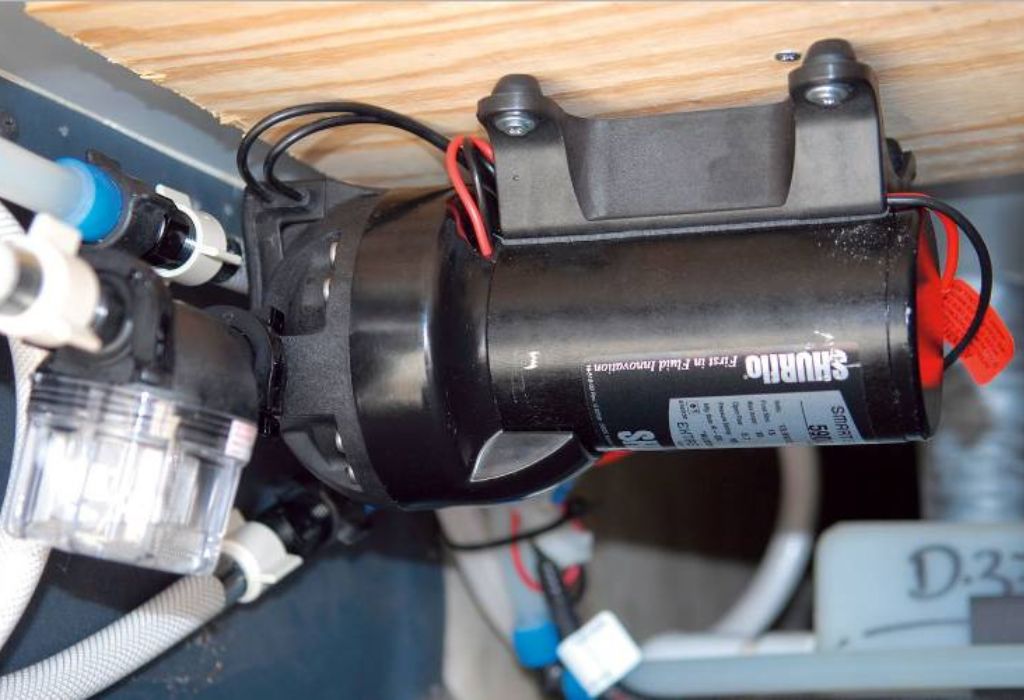
One RV owner combined skirting with heat tape and survived –10°F without freezing. The system worked because insulation reduced heat loss and heaters maintained warmth.
Another case involved a pump cracking because residual water was not drained. The repair cost over $300 and delayed a trip for a week.
These examples show that combining methods is the most reliable way to prevent freezing damage. Single solutions often fail during extreme cold.
When Freeze Protection Fails: What to Do Next
If freezing occurs, shut off water and power immediately. Apply heat gradually using heaters or hair dryers to thaw pipes.
Inspect the pump and plumbing for cracks or leaks once thawed. Replace damaged parts before using the system again.
What emergency step prevents more damage?
Drain water and relieve pressure quickly.
How to check if the pump survived?
Look for cracks and test with small amounts of water.
When must pipes be replaced?
If they show visible splits or cannot hold pressure.
How to restore after thawing?
Flush antifreeze or clean water to reset the system.
Conclusion
Freeze damage is one of the most preventable RV plumbing problems. With insulation, heating, and antifreeze, your water pump can remain safe all winter.
Learning how to keep RV water pump from freezing ensures fewer repairs, less downtime, and more enjoyable cold-weather adventures.
Protecting your pump now saves hundreds in repair costs later. Take action before the next cold front arrives and travel confidently year-round.
I’m David R. Coleman, the founder, lead writer, and lifelong tool enthusiast behind GarageToolPro.com. With years of experience in automotive repair, woodworking, and home DIY projects, I created this platform to share practical tips, detailed tool reviews, and step-by-step guides that help mechanics, hobbyists, and homeowners get the job done right the first time.

